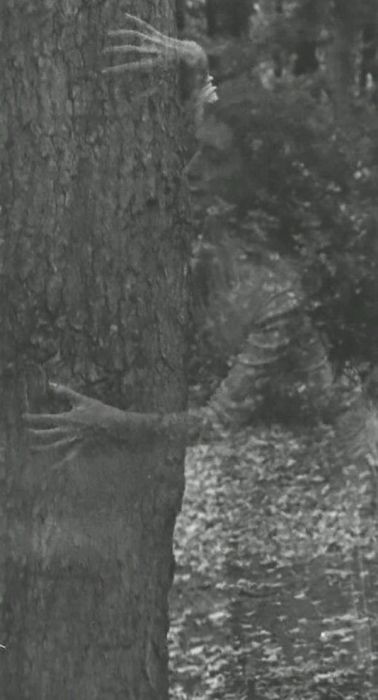
At the time new genres emerged, including remixes, prank videos, tutorials and intimate personal vlogs. And this loss matters, especially for media historians who aim to study that era when YouTube started, and rapidly became this rather unruly community in which people experimented with new media forms and formats. This is typical for much of YouTube’s history: once uploaded, videos might be there but they might also be gone, unavailable for those who would like to revisit the early years of YouTube. But only this first one, titled “Me at the Zoo”, is still available on YouTube. During that year, ‘Jawed’, as his username was, would upload some sixty more video clips. On Apthe first video ever on YouTube was uploaded by Jawed Karim, one of the founders of the website. By actively participating in reconstructing YouTube’s recent past these users shape nostalgic narratives while they also collect and share useful information that guide historians finding new traces. Developing methods that critically acknowledges user-generated archival practices, and uses the insights of early generation of users’ reconstructions of the platform’s history, even if it might seem anecdotal evidence, can lead to deeper knowledge of that early community. These informal archival practices concern users who curate early YouTube videos, user profiles and comments or even old layout versions of the website. The article will explore strategies dealing with formal but also with informal web archival practices.


Although many people, including media scholars, treat YouTube like an online open access archive, there are reasons to be cautious.
#Youtube archive archive
Therefore, addressing the question if and/or how YouTube can be understood as an archive is crucial and, in addition, the issue of how YouTube related content can be used as historical sources. Since the platform is constantly adapting its policies, there is a great level of uncertainty as to what is still there or what is no longer traceable. This article addresses the challenges that media historians face when they aim to reconstruct the early history of YouTube.


 0 kommentar(er)
0 kommentar(er)
